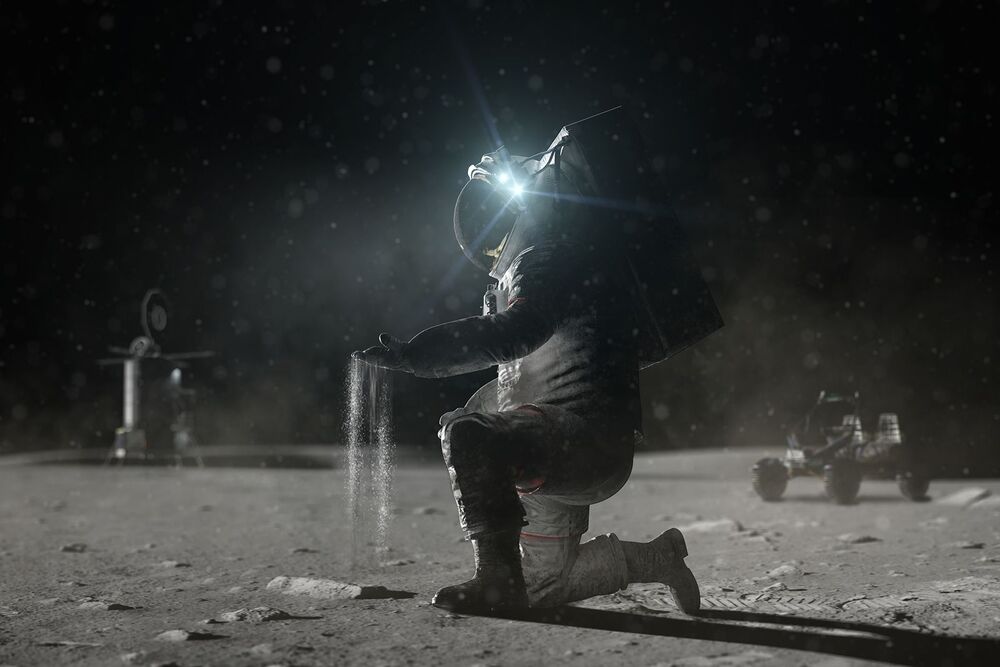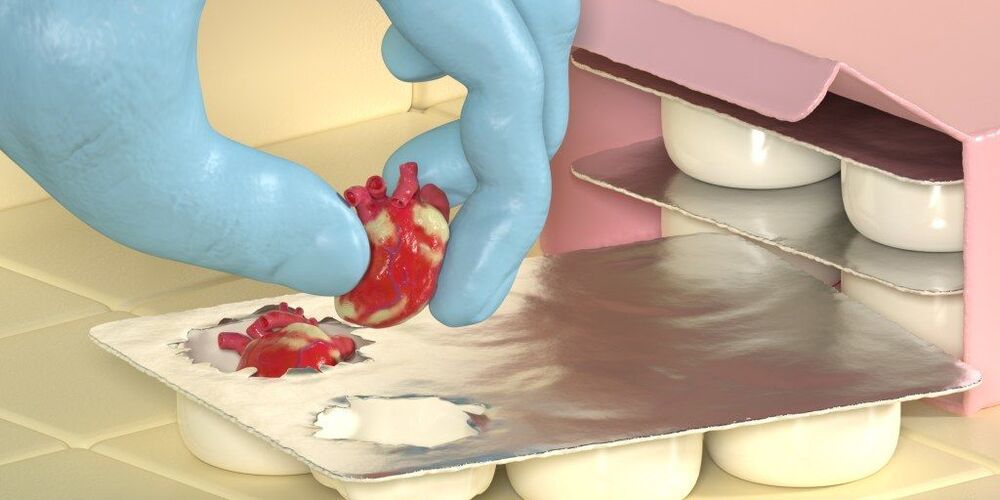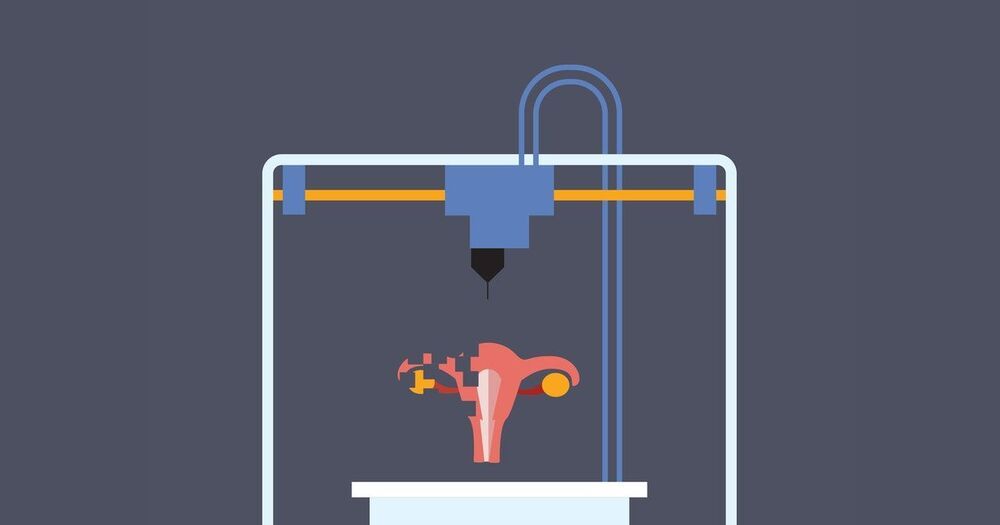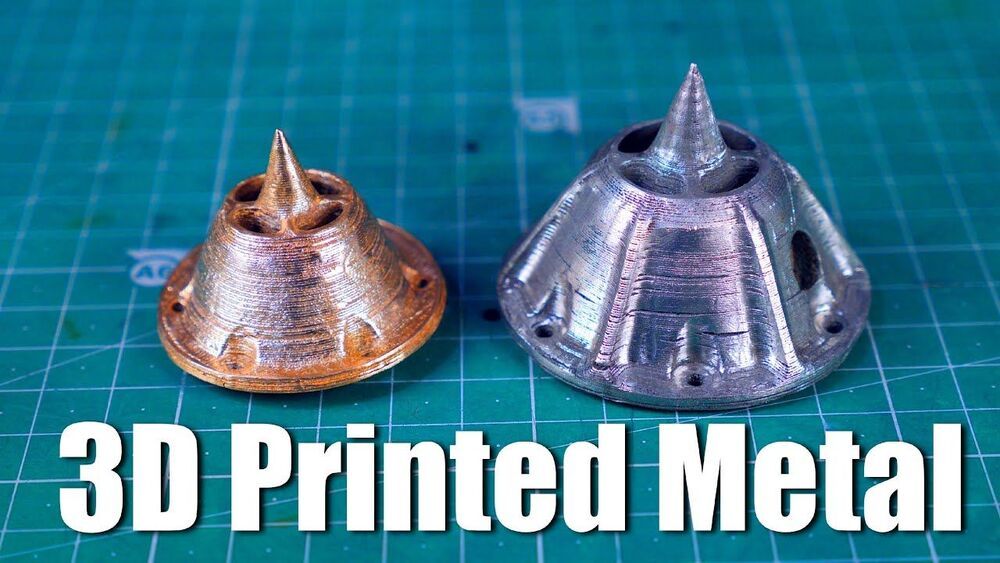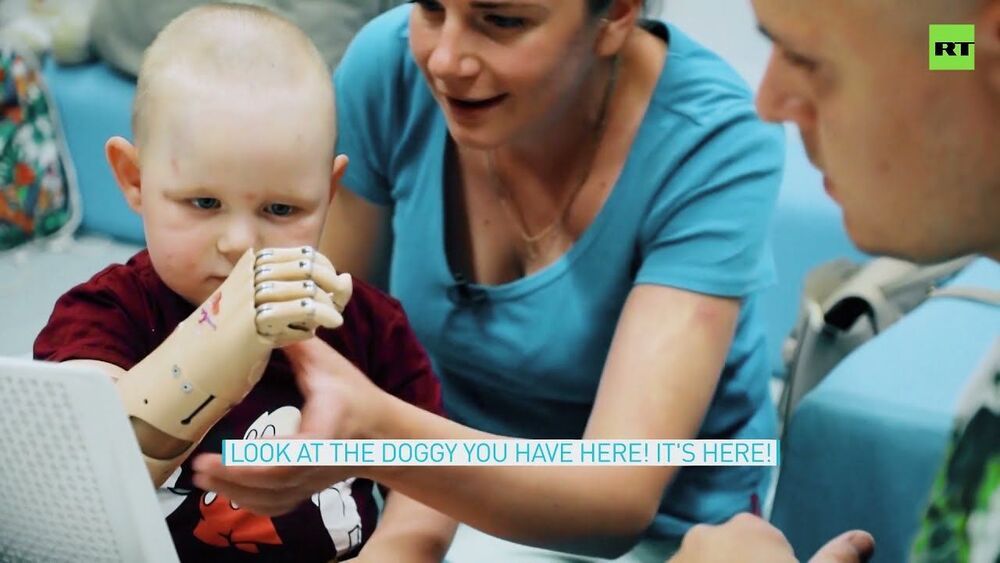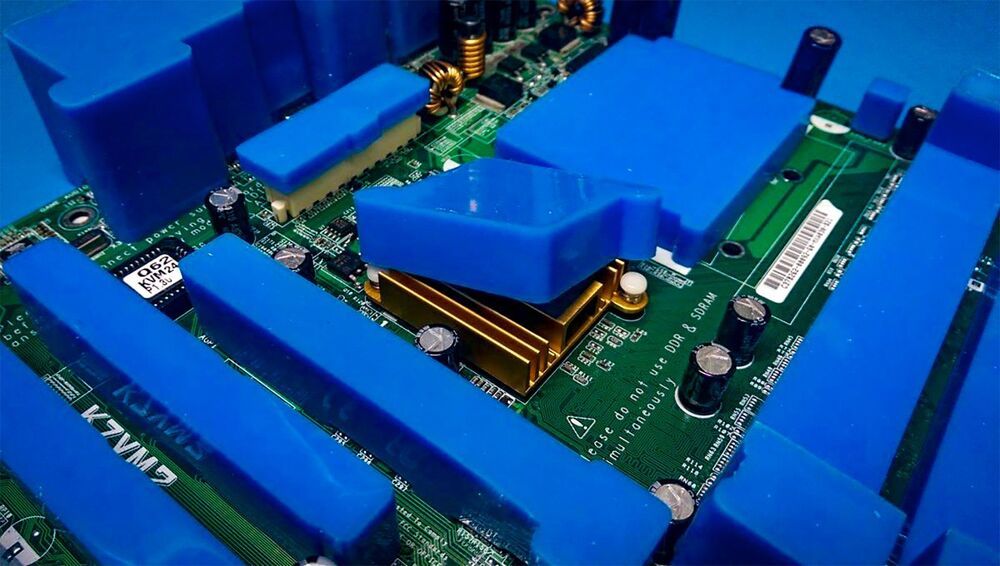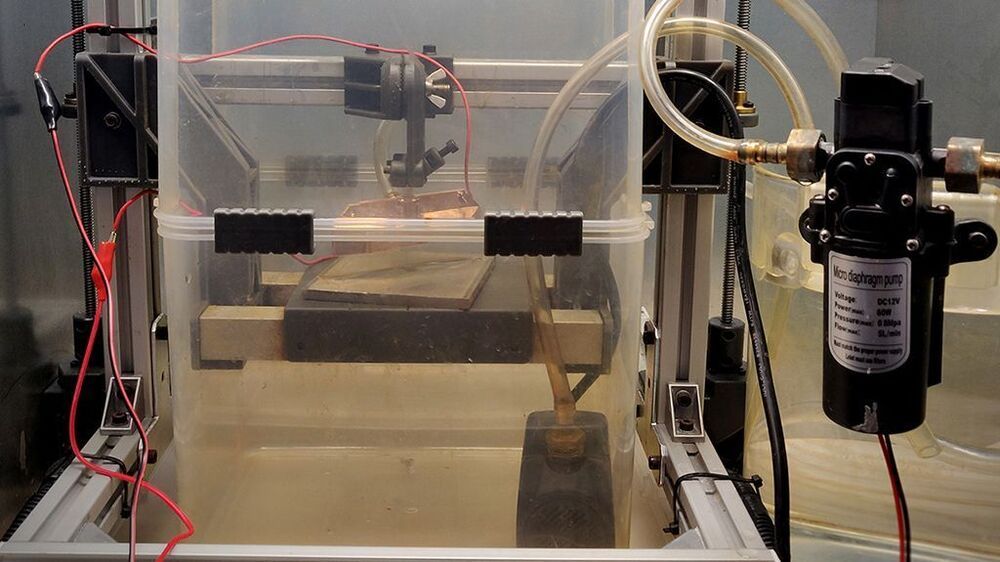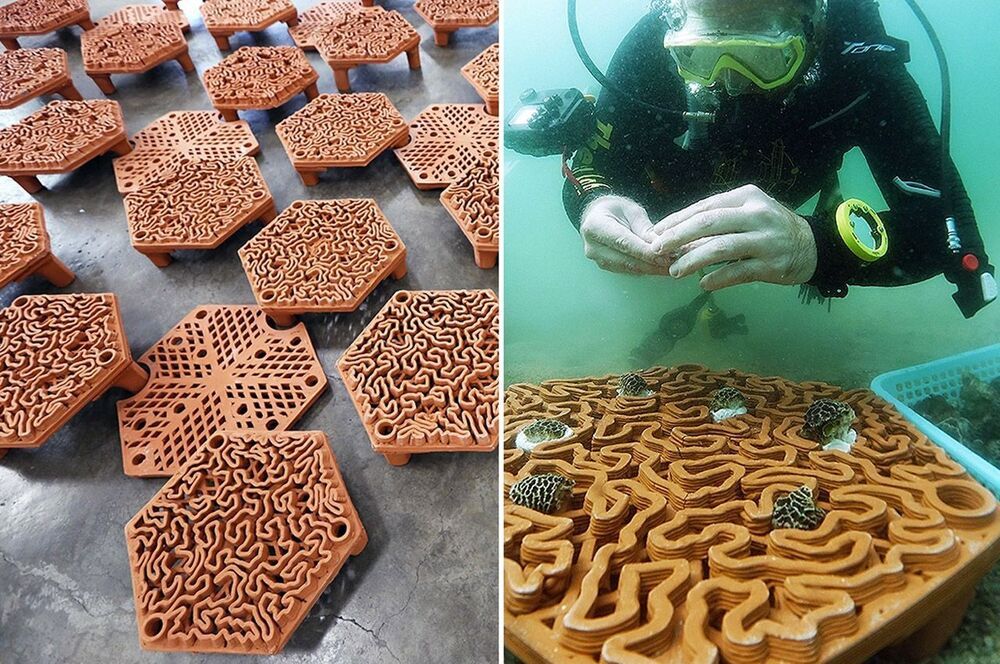Aug 15, 2021
NASA’s latest space station cargo includes a 3D printing system for lunar soil
Posted by Genevieve Klien in categories: 3D printing, habitats, space
NASA has edged one step closer to building Moon and Mars colonies using the celestial bodies’ soil. Universe Today notes that NASA’s latest International Space Station resupply mission included a machine meant to demonstrate 3D printing regolith (that is, loose soil or rock) on the Moon and similar extraterrestrial surfaces.
The Redwire Regolith Print (RRP) project will work in tandem with an existing printer system (ManD) to try 3D printing simulated regolith. If that succeeds, the ISS crew will gauge the strength of the resulting material to see if it can handle the harsh conditions beyond Earth.
If all goes well, RRP could lead to colonists printing at least some of their habitats on-demand. That, in turn, could reduce the volume of construction supplies NASA brings to the Moon and Mars. Scientists have envisioned soil-based habitats for years, but this test is relatively realistic — it’s an attempt at 3D printing soil in lower gravity. While there will still be much work to do, the long-term goals for Artemis and future Mars missions may be that much more achievable.
